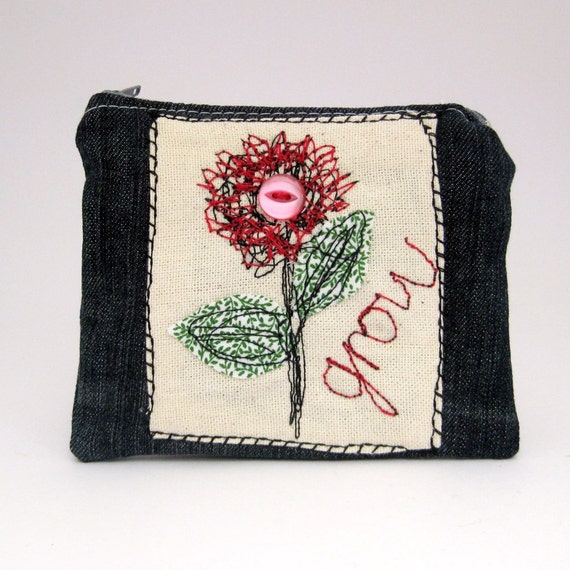I actually do pop into the recycling shop once a week if I can and I usually find something that I need / want, sometimes it is a combination of the two , like this week, have I kept you in suspense long enough ? This week it was tadaaaaa
 |
| French Curves |
French curves, now these as you can see from the photograph are the plastic type not the croissant type. These nifty plastic curves were brand new in the packet and I bought them for a princely sum of 20 pence .
That is all well and good I here you say, but what does it do ? I can tell you now it is doing it now, being all curvy. French curves are also known as dressmakers curves and draftsmen curves and probably have a 100 other names but those are the ones I have heard of .
French curves are just pieces of in this case plastic with a series of curves that can be used for drawing curves on drawings, sewing patterns and cutting fabrics etc.
I became in dire need of these little curves today when I discovered that I have lost the A line dress pattern that I had created for my daughter, since my daughter had already spotted the mermaid fabric to be upcycled there was nothing for it but to draw up a new pattern.
Luckily I found the dress I had made from the pattern, folded the dress in half lengthways , drew around it and added a seam allowance to create a new pattern.
Although I was not over the moon with the curve of the neckline or the curve of the sleeves from the tracing , so in came my french curves.
You can see from the photograph above I used the curve to create a nice evenly curved armhole on the dress pattern , I just picked the curve that looked most suitable and lined it up and drew along the curve and cut the pattern. There was nothing technical to it just picked the curve that gave me the shape I wanted.
I also used a curve for the neck line , you can see from the photograph below
If you don't have French curves , you can use objects that you have in the house, plates , cups, glasses , bowls , I admit to having used a dinner plate before and it did a fine job of creating a curve.
Please note I am not a trained seamstress, everything I have learned has been self taught and trial and error , so what I may be showing you may not be the "right" way but it is my way.
I thought I would also show you the finished mermaid dress created from an upcycled curtain that cost £3.00 from a charity shop , sorry it is not an amazing photograph, it was taken on my phone , and I can't get the dress of my daughter's back long enough to get a proper photograph, but you can get the gist from the picture, just a slip over the head A line dress , no zips or buttons , easy to wear my daughter's favourite type of dress and with the pattern ready to go it takes 30 minutes to make .










































